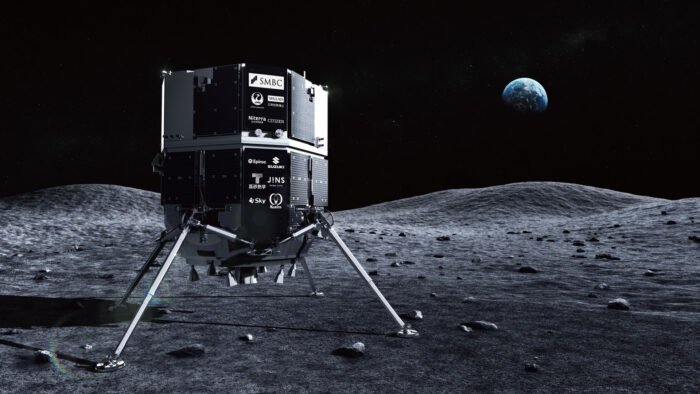Insider Brief:
- Rocket Lab has just inked a historic deal to launch ten Japanese satellites from New Zealand’s island nation into orbit.
- The satellites, owned by Synspective, a Japanese company, will employ cutting-edge technology to monitor infrastructure on Earth.
- Japan’s space industry is expected to increase by $38 billion in the next 25 years.
Rocket Lab has just inked a historic deal to launch ten Japanese satellites from New Zealand’s island nation into orbit. What was agreed upon in the visit — a trade mission headed by Prime Minister Christopher Luxon — solidifies this small South Pacific nation as being at the forefront of space exploration.
Sir Peter Beck, Rocket Lab’s Chief Executive, hailed the significance of the deal, stating: “This is one of the largest contract launch contracts in the small launch space history.”
The satellites, owned by Synspective, a Japanese company, will employ cutting-edge technology to monitor infrastructure on Earth.
“The sensors can capture data under any conditions and even at nighttime, which is very important for natural disasters or events where traditional optical methods cannot penetrate,” said Dr. Motoyuki Arai, Synspective’s Founder and Chief Executive.
Prime Minister Luxon underlined New Zealand’s commitment to the space sector.
“New Zealand is a place where we think there is huge opportunity for more for us to do in the space sector,” said Luxon. “As a new government, we are very committed to making sure that it is open and a fantastic place to launch rockets from.”
Japan’s space industry is expected to increase by $38 billion in the next 25 years, and the current deal places New Zealand right at the center of this quickly expanding market. This year alone, Rocket Lab has launched seven satellites into orbit from New Zealand and is set for more.
This partnership will add a future touch to the trade relations between New Zealand and Japan in the space domain. The collaboration of New Zealand and Japan in the final frontier paves the way for innovation, groundbreaking advancements in technology, and futuristic ways that could pave the future of this exploration.
Share this article:










